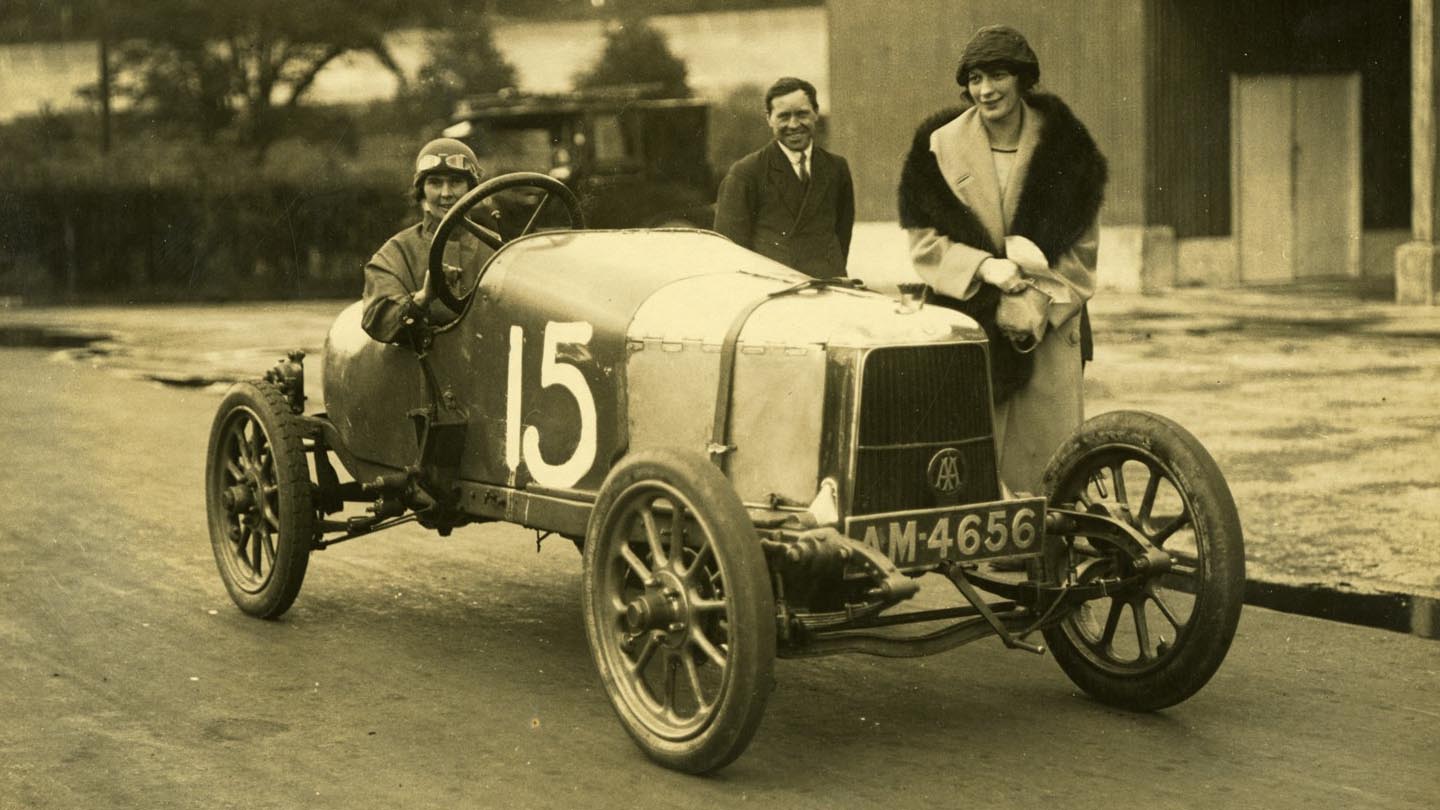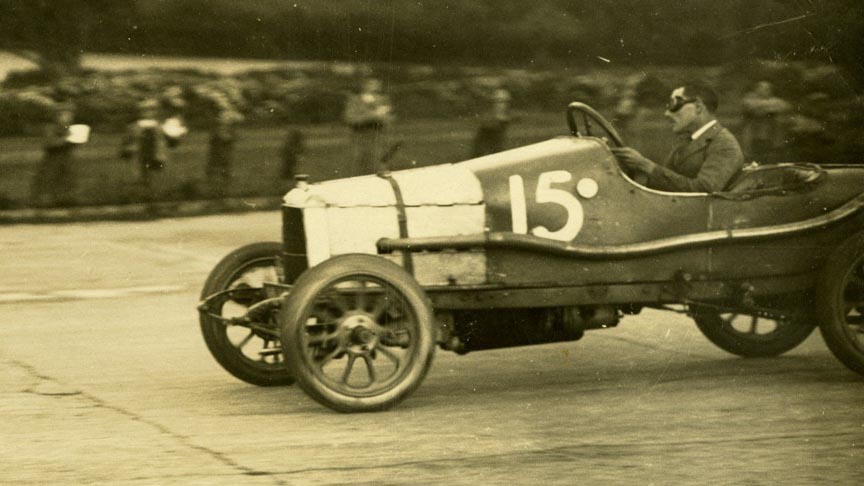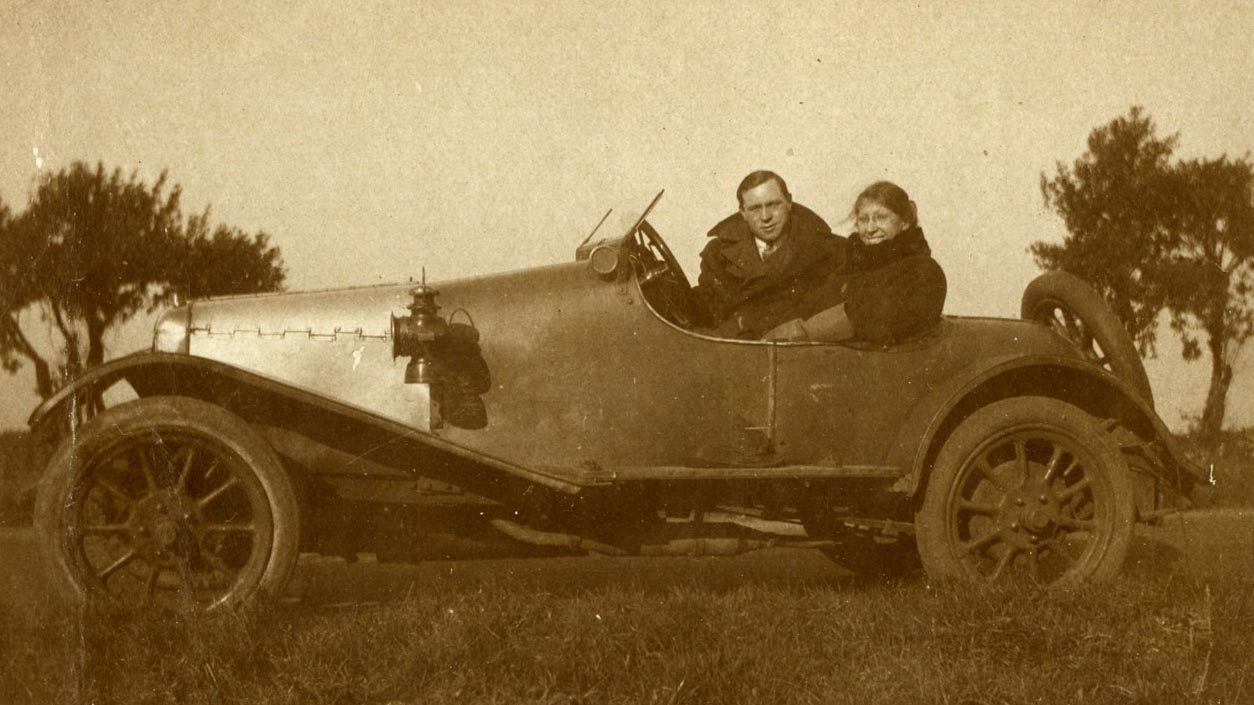
The first Aston Martin ever built vanished in 1924... and has never resurfaced
Coal scuttle lived for over 10 years before disappearing entirely in the mid-Twenties. Now the Aston Martin Heritage Trust wants it back
1914: Tenzing Norgay was born, the world’s first official airline journey was complete and Aston Martin’s maiden vehicle was created. It was christened the ‘A1’, but unofficially called ‘coal scuttle’ for its similarities in design with, er, a coat scuttle.
Built upon a bespoke chassis and propelled by a busy little 1.4-litre four-pot, coal scuttle is claimed to have had theoretical top speeds of over 70mph. That speed in a half-wooden, heat-radiating open-top sports coupe to challenge the likes of Bugatti must’ve been… terrifying.
During its tenure for what was then called Bamford and Martin, coal scuttle did everything from competing (successfully) in motorsport to acting as a development and demo car for would-be future customers to see what the marque was planning to create. It even did multiple reliability rallies from London to Edinburgh on, shall we say 'incomplete' roads to set some strong early impressions.
Why was one single pre-production car subject to such a rigorous test schedule, you may ask? Simple: because company founders Lionel Martin and Robert Bamford wanted to have a long list of achievements to take to customers before coal scuttle’s successors were to be previewed.
Eventually, after 10 years of hard labour, coal scuttle was auctioned off for 50 quid in 1924. That, adjusted for inflation, would probably get you a room in London for three days in 2024. The car essentially vanished from the records beyond this point.
Why the history lesson? Because 100 years on from its sale, the Aston Martin Heritage Trust - which looks after the marque’s museum - is looking to trace the vehicle back once more to find out if it still exists in a barn somewhere… or if it’s now just formed part of the structure of someone’s house.
Aston Martin historian, Steve Waddingham, says it would feel like ‘closure’ for both himself and for the wider team to find out just what happened to coal scuttle. Or, if their wildest dreams come true, they’d get some indication as to where it is, or who it belongs to, after which a strong courting period is likely to commence.
Speaking to TopGear.com, Waddingham said: “The big question is, is it still under a cover in the bottom of a castle somewhere, or did it get scrapped during World War II when Britain was desperate for metal? For all we know, it could’ve survived that and been tucked away for another 20-odd years before being melted down.
“What I’m hoping will happen is someone will contact us and say, “I’ve got this funny old car, and I’m not sure what it is”, and we’ll go round and realise that it’s an old Morris or a Model T or whatever. But one day, if the romantic cliché comes true and enough of those calls are answered, that rusty thing down at the auction with bits of tree growing out of it could just be coal scuttle.”
Over to you then, readers: do you have any distant relatives who are always going on about ‘that unidentifiable pile of metal in the barn’, or do you have a rogue four-pot engine that looks like it could be as old as Stone Henge itself? Fire your leads across in our comment section, and let’s see if we can help locate coal scuttle. Fingers crossed.
Top Gear
Newsletter
Thank you for subscribing to our newsletter. Look out for your regular round-up of news, reviews and offers in your inbox.
Get all the latest news, reviews and exclusives, direct to your inbox.
Images: Aston Martin Heritage Trust
Trending this week
- Car Review
BMW 1 Series
- Top Gear's Top 9
Nine dreadful bits of 'homeware' made by carmakers










